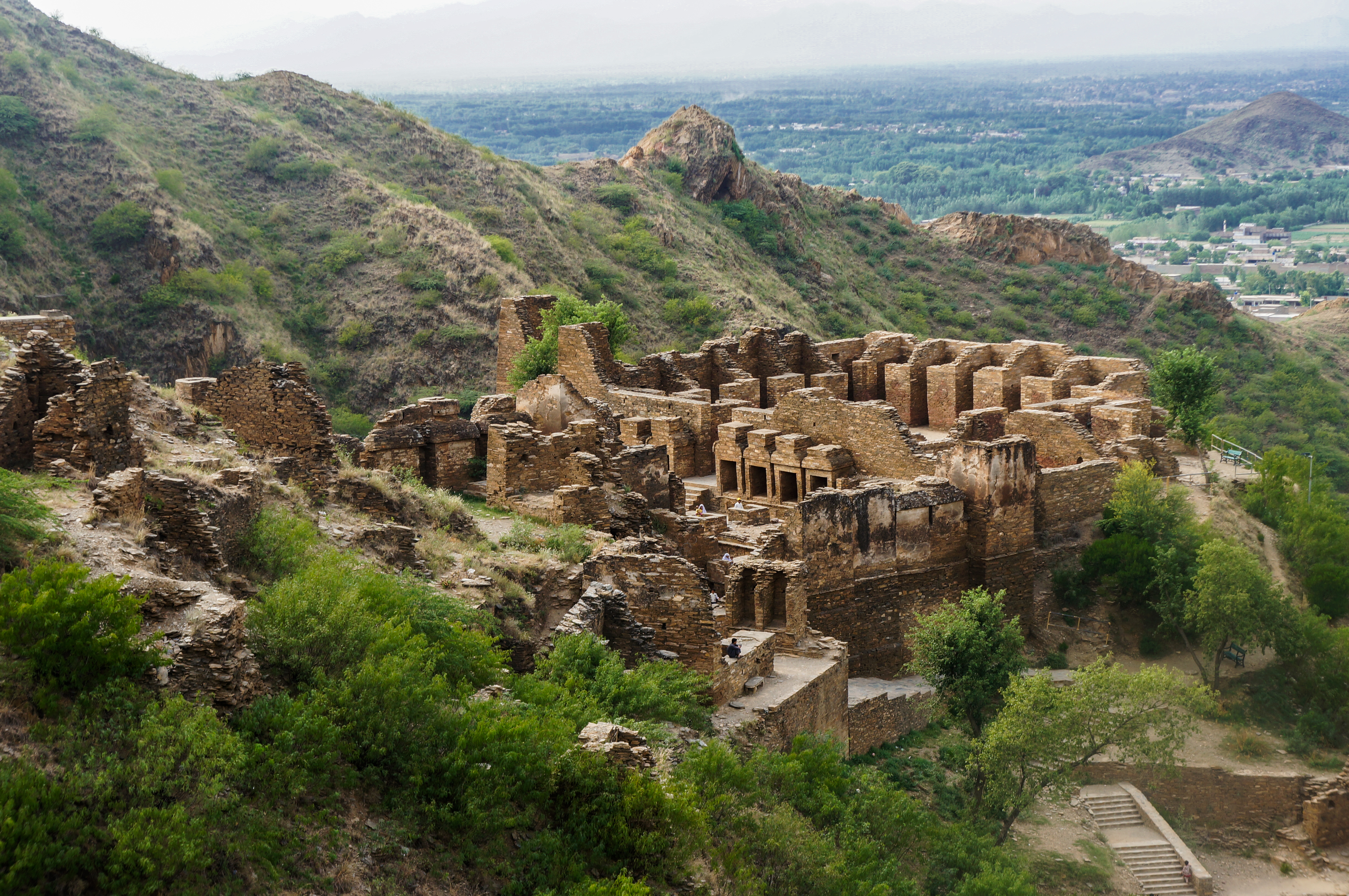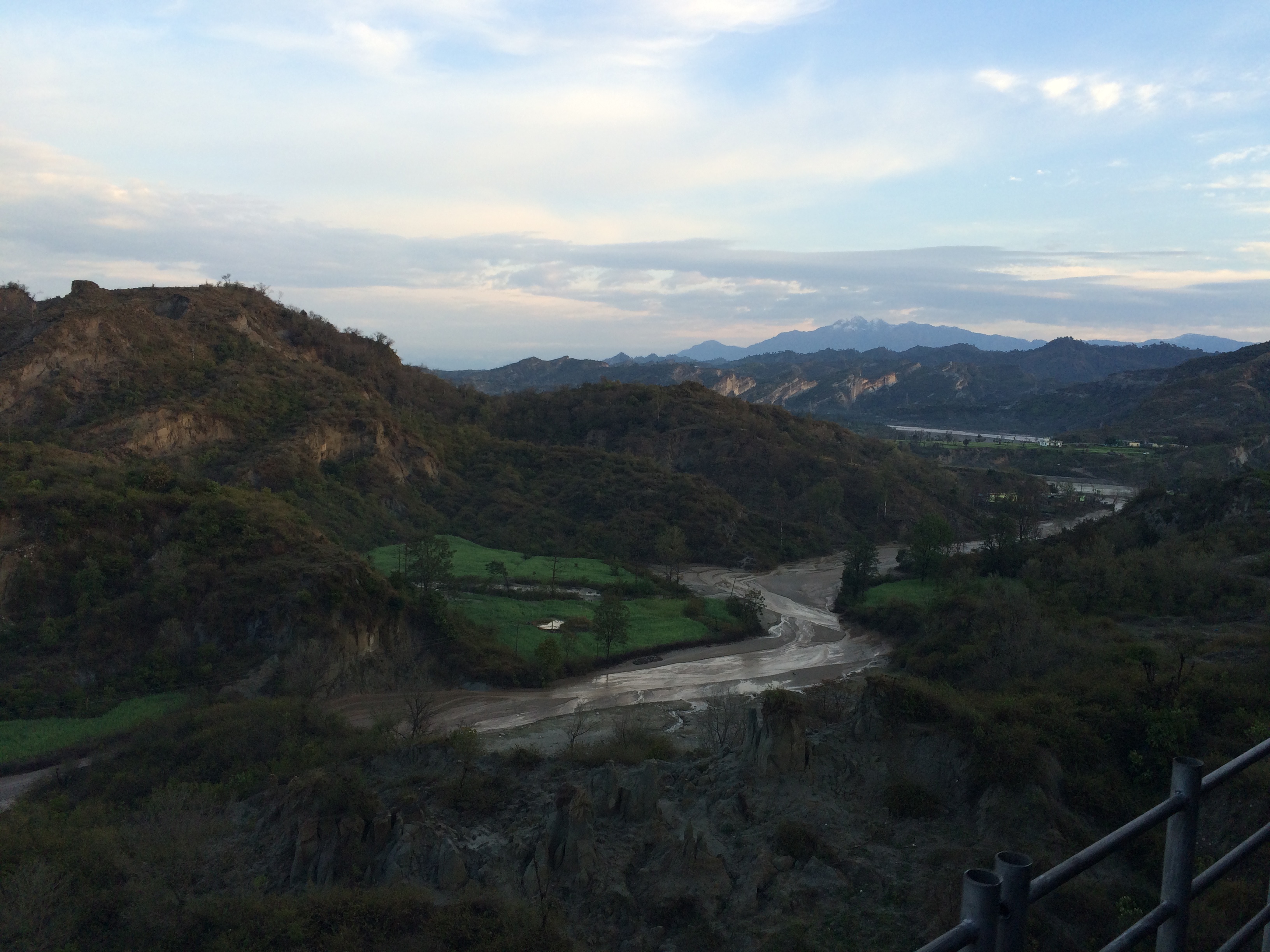|
Ubouzanes
Ubouzanes ( Greek: ΥΒΟΥΖΑΝΗϹ ''Ubouzanēs'' (epigraphic)) was a ruler of the remnants of the Indo-Parthian Kingdom in Arachosia in the first century CE. He was the son of Orthagnes.Christine Fröhlich.Indo-Parthian Dynasty" ''Encyclopædia Iranica.'' He was unknown until the late 20th century when a hoard of coins was found in Jammu. Joe Cribb first analyzed them in 1985, discovering some belonged to a new ruler. Cribb placed him between Orthagnes and Pacores References {{reflist Indo-Parthian kings 2nd-century monarchs in Asia 2nd-century Iranian people Zoroastrian rulers ... [...More Info...] [...Related Items...] OR: [Wikipedia] [Google] [Baidu] |
Ubouzanes
Ubouzanes ( Greek: ΥΒΟΥΖΑΝΗϹ ''Ubouzanēs'' (epigraphic)) was a ruler of the remnants of the Indo-Parthian Kingdom in Arachosia in the first century CE. He was the son of Orthagnes.Christine Fröhlich.Indo-Parthian Dynasty" ''Encyclopædia Iranica.'' He was unknown until the late 20th century when a hoard of coins was found in Jammu. Joe Cribb first analyzed them in 1985, discovering some belonged to a new ruler. Cribb placed him between Orthagnes and Pacores References {{reflist Indo-Parthian kings 2nd-century monarchs in Asia 2nd-century Iranian people Zoroastrian rulers ... [...More Info...] [...Related Items...] OR: [Wikipedia] [Google] [Baidu] |
Indo-Parthian Kingdom
The Indo-Parthian Kingdom was a Parthian kingdom founded by Gondophares, and active from 19 CE to c. 226 CE. At their zenith, they ruled an area covering parts of eastern Iran, various parts of Afghanistan and the northwest regions of the Indian subcontinent (most of modern Pakistan and parts of northwestern India). The rulers may have been members of the House of Suren, and the kingdom has even been called the "Suren Kingdom" by some authors. The kingdom was founded in 19 when the governor of Drangiana (Sakastan) Gondophares declared independence from the Parthian Empire. He would later make expeditions to the east, conquering territory from the Indo-Scythians and Indo-Greeks, thus transforming his kingdom into an empire. The domains of the Indo-Parthians were greatly reduced following the invasions of the Kushans in the second half of the 1st. century. They managed to retain control of Sakastan, until its conquest by the Sasanian Empire in c. 224/5. In Baluchistan, the Para ... [...More Info...] [...Related Items...] OR: [Wikipedia] [Google] [Baidu] |
Indo-Parthian Kings
The Indo-Parthian Kingdom was a Parthian kingdom founded by Gondophares, and active from 19 CE to c. 226 CE. At their zenith, they ruled an area covering parts of eastern Iran, various parts of Afghanistan and the northwest regions of the Indian subcontinent (most of modern Pakistan and parts of northwestern India). The rulers may have been members of the House of Suren, and the kingdom has even been called the "Suren Kingdom" by some authors. The kingdom was founded in 19 when the governor of Drangiana ( Sakastan) Gondophares declared independence from the Parthian Empire. He would later make expeditions to the east, conquering territory from the Indo-Scythians and Indo-Greeks, thus transforming his kingdom into an empire. The domains of the Indo-Parthians were greatly reduced following the invasions of the Kushans in the second half of the 1st. century. They managed to retain control of Sakastan, until its conquest by the Sasanian Empire in c. 224/5. In Baluchistan, ... [...More Info...] [...Related Items...] OR: [Wikipedia] [Google] [Baidu] |
Pacores
Pacores or Pakores (Greek: ΠΑΚΟΡΗϹ ''Pakorēs''; Kharosthi: 𐨤𐨐𐨂𐨪 ', '; Aramaic: pkwry) (100–135 AD) was a king who ruled the remnants of the Indo-Parthian Kingdom in Arachosia from 100–130 AD following Ubouzanes. He was an Indo-Parthian king.Indo-Greek and Indo-Scythian Coinage - Michael Mitchiner - 1976, Volumes 7 à 9 - Pages 670, 717 and 770 He is well-known from coins minted in Seistan and Kandahar, mostly silver drachms and tetradrachms. The time of his reign can be determined as many of his coins over strike those of Vima Takto. He is the last well attested ruler. After his coins there is a single surviving coin with the name Abdagases II and a set of poorly made Indo-Parthian coins with unnamed rulers before the Kushan Empire The Kushan Empire ( grc, Βασιλεία Κοσσανῶν; xbc, Κυϸανο, ; sa, कुषाण वंश; Brahmi: , '; BHS: ; xpr, 𐭊𐭅𐭔𐭍 𐭇𐭔𐭕𐭓, ; zh, 貴霜 ) was a syncretic empire, ... [...More Info...] [...Related Items...] OR: [Wikipedia] [Google] [Baidu] |
Greek Alphabet
The Greek alphabet has been used to write the Greek language since the late 9th or early 8th century BCE. It is derived from the earlier Phoenician alphabet, and was the earliest known alphabetic script to have distinct letters for vowels as well as consonants. In Archaic Greece, Archaic and early Classical Greece, Classical times, the Greek alphabet existed in Archaic Greek alphabets, many local variants, but, by the end of the 4th century BCE, the Euclidean alphabet, with 24 letters, ordered from alpha to omega, had become standard and it is this version that is still used for Greek writing today. The letter case, uppercase and lowercase forms of the 24 letters are: : , , , , , , , , , , , , , , , , , /ς, , , , , , . The Greek alphabet is the ancestor of the Latin script, Latin and Cyrillic scripts. Like Latin and Cyrillic, Greek originally had only a single form of each letter; it developed the letter case distinction between uppercase and lowercase in parallel with Latin ... [...More Info...] [...Related Items...] OR: [Wikipedia] [Google] [Baidu] |
Arachosia
Arachosia () is the Hellenized name of an ancient satrapy situated in the eastern parts of the Achaemenid empire. It was centred around the valley of the Arghandab River in modern-day southern Afghanistan, and extended as far east as the Indus River, in modern-day Pakistan. The Old Persian form of its name is ''Harauvatiš'', being the etymological equivalent of Vedic Sanskrit ''Sárasvatī''. The province name is derived after its main river, the modern Arghandab (in Greek called Arachōtós), a tributary of the Helmand river. The capital of Arachosia was Alexandria of Arachosia, an ancient Greek city that was situated over what is now known as Kandahar. Etymology "Arachosia" is the Latinized form of Greek (''Arachōsíā''). "The same region appears in the Avestan '' Vidēvdāt'' (1.12) under the indigenous dialect form 𐬵𐬀𐬭𐬀𐬓𐬀𐬌𐬙𐬍 - (whose ''-axva-'' is typical non-Avestan)." In Old Persian inscriptions, the region is referred to as 𐏃 ... [...More Info...] [...Related Items...] OR: [Wikipedia] [Google] [Baidu] |
Orthagnes
Gondophares III Gudana (Kharosthi: 𐨒𐨂𐨡𐨥𐨪 𐨒𐨂𐨜𐨣 ', 'Gardner, Percy, ''The Coins of the Greek and Scythic Kings of Bactria and India in the British Museum'', p. 109 Cunningham, Alexander, ''COINS OF THE INDO-SCYTHIANS.'' The Numismatic Chronicle and Journal of the Numismatic Society, Third Series, Vol. 8 (1888), pp. 199-248), or Gadana, also called Orthagnes (Ancient Greek: ΟΡΘΑΓΝΗϹ ''Orthagnēs''), was an Indo-Parthian king.Indo-Greek and Indo-Scythian Coinage - Michael Mitchiner - 1976, Volumes 7 à 9 - Pages 670, 717 and 770 He may have ruled circa 20–30 CE (25-55 CE according to Mitchiner). He was one of the successors of Gondophares, together with Abdagases, Sases, Gondophares II, Sarpedones, and Pacores.On the Cusp of an Era: Art in the Pre-Kuṣāṇa World, Doris Srinivasan, BRILL, 2007, p.25/ref> He may have ruled from Arachosia Arachosia () is the Hellenized name of an ancient satrapy situated in the eastern parts of the Achaemen ... [...More Info...] [...Related Items...] OR: [Wikipedia] [Google] [Baidu] |
Jammu
Jammu is the winter capital of the Indian union territory of Jammu and Kashmir (union territory), Jammu and Kashmir. It is the headquarters and the largest city in Jammu district of the union territory. Lying on the banks of the river Tawi River, Tawi, the city of Jammu, with an area of , is surrounded by the Himalayas in the north and the Indo-Gangetic Plain, northern-plains in the south. Jammu is the second most populous city of the union territory. Three battles have been fought in the city: first by the founder Raja Mal Dev against Timur in Battle of Jammu (1399), second by Sardar Bhag Singh against Mughal army in Battle of Jammu (1712) and the third by Mian Dido & Maharaja Gulab Singh against Ranjit Singh's army in Battle of Jammu (1808). Known as the ''City of Temples'' for its ancient temples and Hindu shrines, Jammu is the most visited place in the union territory. Jammu city shares its borders with the neighbouring Samba district. Etymology According to local tradit ... [...More Info...] [...Related Items...] OR: [Wikipedia] [Google] [Baidu] |
Joe Cribb
Joe Cribb is a numismatist, specialising in Asian coinages, and in particular on coins of the Kushan Empire. His catalogues of Chinese silver currency ingots, and of ritual coins of Southeast Asia were the first detailed works on these subjects in English. With David Jongeward he published a catalogue of Kushan, Kushano-Sasanian and Kidarite Hun coins in the American Numismatic Society New York in 2015. In 2021 he was appointed Adjunct Professor of Numismatics at Hebei Normal University, China. Career Joe Cribb studied Latin, Greek and Ancient History at Queen Mary College, University of London, graduating in 1970. He became a research assistant at the Department of Coins and Medals at the British Museum. He eventually rose to be the Keeper of the Coins and Medals (2003–2010), before his retirement in 2010. His work was focused at first on the Chinese coin collection, but later expanded to other aspects of Asian coinage. [...More Info...] [...Related Items...] OR: [Wikipedia] [Google] [Baidu] |




.jpg)

.jpg)